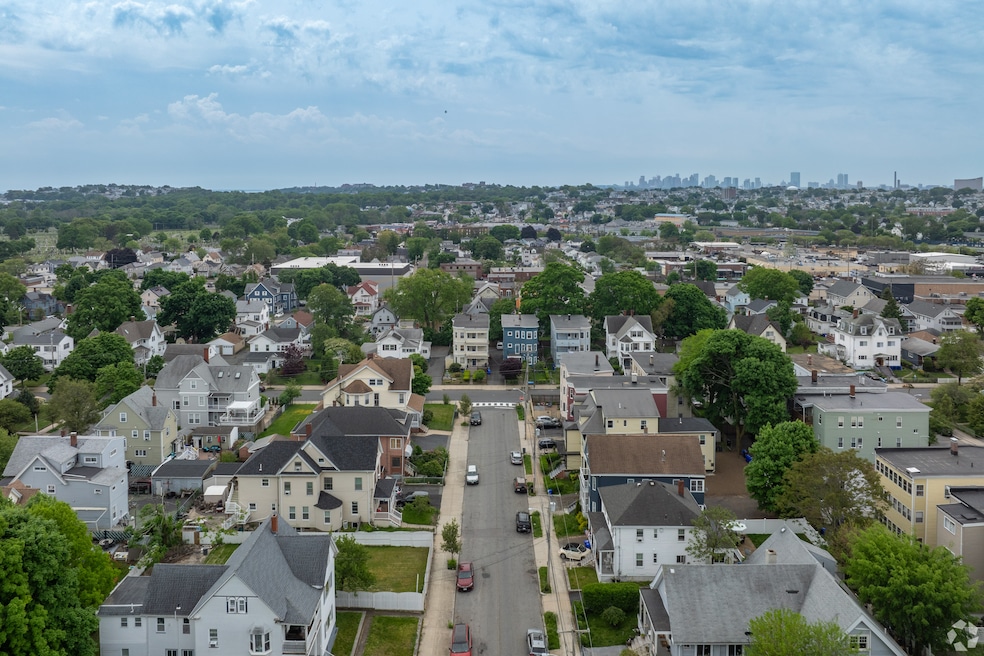Taking a cue from California housing advocates, Massachusetts officials said this week they plan to cut the amount of time it takes to ensure certain housing projects are good for the environment from at least a year to 30 days.
California exempted some urban and suburban subdivisions and multifamily projects from an environmental study earlier this year, after critics complained for years that the process made it difficult to build. The Bay State is taking a different approach; it will keep environmental review but use a quicker process.
“This is a game changer for the development of more housing in Massachusetts and bringing down housing costs for everyone,” Gov. Maura Healey said in a statement Tuesday.
The idea for speeding up environmental reviews came in part from a group of housing developers and advocates and state, city and town government officials Healey brought together in 2023 to come up with ways to boost housing production.
Their report, issued in February, said requiring developers to prepare an environmental impact report can take nine- to 12 months and cost anywhere from $350,000 to $1 million. A less in-depth report that lets the public know about a project but doesn’t require an in-depth analysis could be completed in 30- to 60 days, the report said.
The new process is expected to quicken housing approvals “while still addressing critical climate and environmental concerns,” according to Tuesday’s statement.
To qualify for the sped-up review process, a project has to be densely developed, with at least eight homes per acre in a single-family housing project, 12 per acre for two- or three-family buildings and 15 per acre for larger developments. The amount of land affected can be up to 10 acres, depending on how many trees the developer retains or replants.
The state also plans to limit which projects qualify depending on how much vehicle traffic they generate. In addition, at least two-thirds of the floor area in a project that includes commercial space has to be used for housing for it to qualify. Developments also must meet the state’s energy-efficiency standards and can’t be located in an area at risk of flooding.
“We need to find ways to streamline permitting processes to boost housing production, while continuing to minimize environmental impacts,” Rafael Mares, executive director of Chelsea, Massachusetts-based nonprofit builder The Neighborhood Developers, said in the statement. “This is a step in that direction.”

